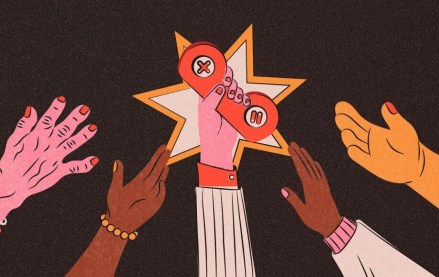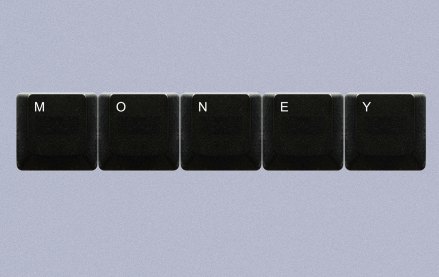
In a recent Atlantic Monthly article on the impact of digital media, there’s a simple graph that sums up the issue: $40 billion evaporated with little likelihood of return.
Rather than waste more time pointing fingers, publishers need to get on with figuring out what’s next. For many years, the news industry was dependent on classifieds because they owned the exclusive distribution of information in their geographies. Consumers were never really paying for the “paper” but, instead, for access to their daily information whether it was news, local, business, etc. Right now Google and Facebook own that distribution, and this market dynamic continues to move so quickly that its last owner, Yahoo, has already faltered into a lesser tier.
The solution for publishers is simple: Publishers need to exclusively own the distribution and the majority of it. Create exclusive channels from the delivery of it which also translates into how to service the marketing community. Publishers should understand how consumers are receiving the information you’re distributing and explore means of owning business relationships with these distribution companies that go far beyond organic search, paid search, tweets, etc. That means creating exclusive pipes. That’s where the investment is going to continue. A marketplace where buyers have multiple channels to reach the same audience only leads to a race to the bottom and commoditization of access.
On the content side, publishers need to pick something to own and give every available resource possible to owning it. If your niche is small business, lifestyle, or general local news content, own it and own the access to it. Make it become an interactive channel that you own. Consumers will respond by loyalty, which marketers will respond by direct investment. Just check out Google’s and Facebook’s financials.
All of these are easier said than done. But if there is going to a reassertion of media brands, these brands have to make their brands useful to consumers interactively. It’s not enough to merely leverage an old media model online. After all, media spending will continue to go to those who own and aggregate distribution and the 90 cents that’s evaporated from print dollars to digital dimes will be owned and secured by the companies that deliver that access to consumers, not the media brands who provide it to the aggregators.
Mario Diez is CEO of QuadrantOne, a local audience targeting platform.
More in Media

From sidelines to spotlight: Esports events are putting creators center stage
Esports events’ embrace of content creators reflects advertisers’ changing priorities across both gaming and the wider culture. In the past, marketers viewed esports as one of the best ways to reach gamers. In 2025, brands are instead prioritizing creators in their outreach to audiences across demographics and interest areas, including gaming.

Condé Nast and Hearst strike Amazon AI licensing deals for Rufus
Condé Nast and Hearst have joined the New York Times in signing a licensing deal with Amazon for its AI-powered shopping assistant Rufus.

Media Briefing: AI payouts may be entering a new era
AI compensation is evolving — and new models, not just publisher demands, are driving the shift beyond flat-fee licensing.





